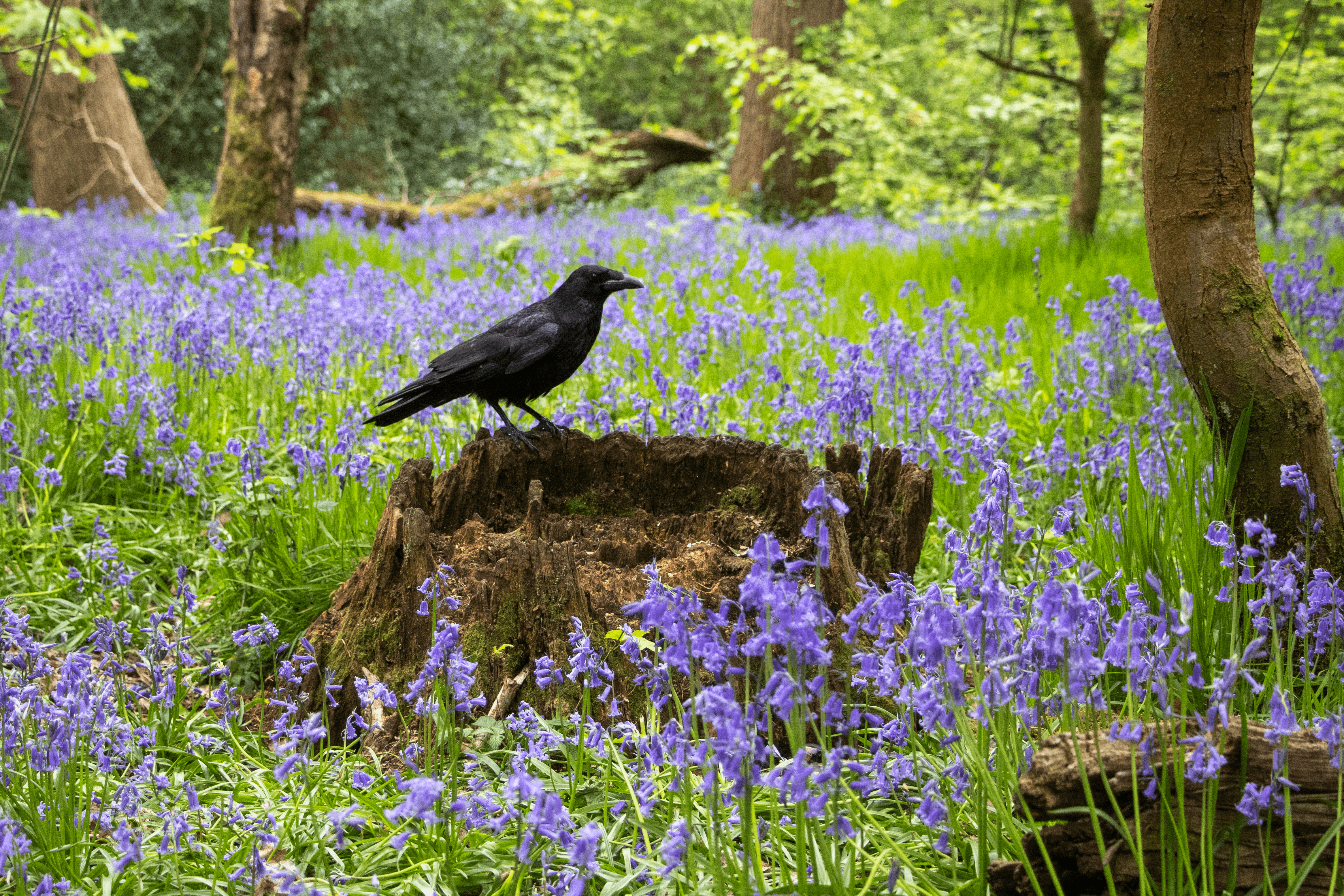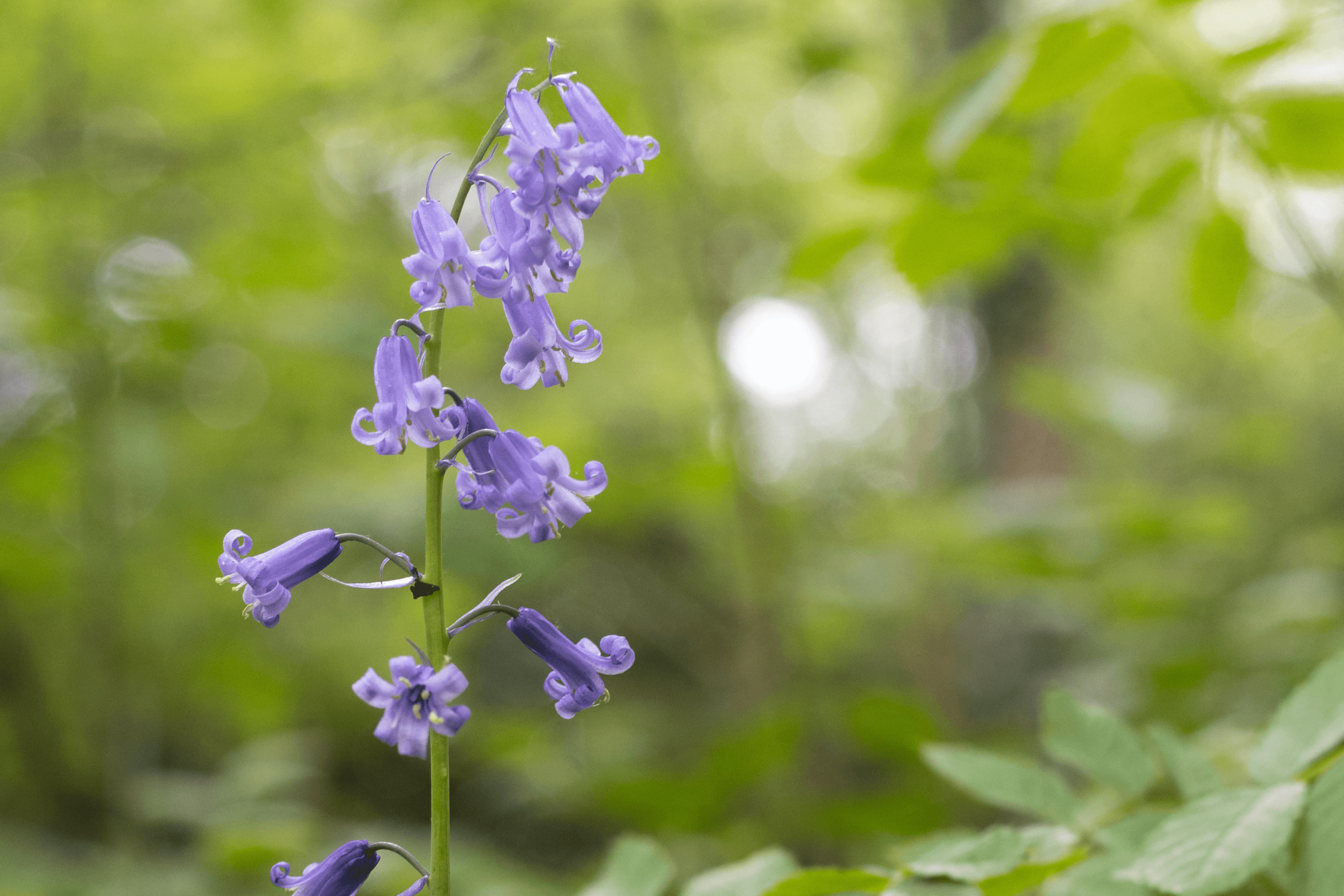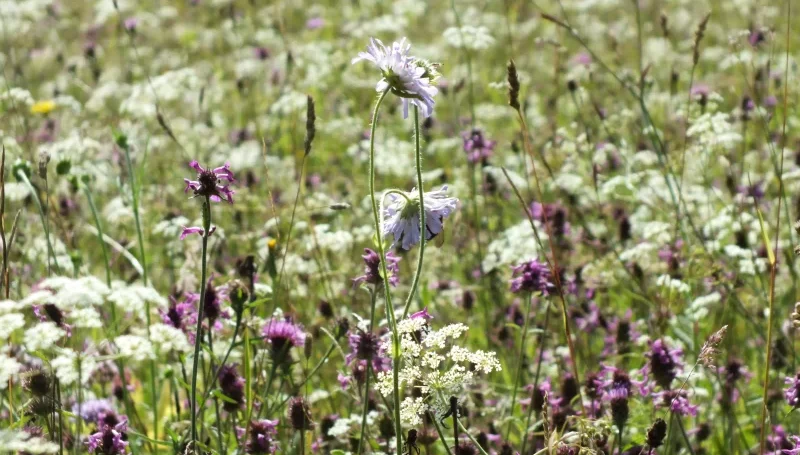We took the opportunity to visit in May, as just 2.3% of Britain’s land is classed as ancient woodland. Ecclesall Woods are often referred to as ancient woodlands due to the fact that many of the soils present in the woods contain seeds that are found within ancient habitats. They are also considered ancient woodland as they can be traced on maps dating back to as early as 1600 AD. However, there is one more clue to help with the identification of ancient woodlands: bluebells.
Bluebells are often an indication that you’re actually in ancient woodlands. The Woodland Trust explains that ancient woodlands are relatively undisturbed by human development. As a result, they are unique and house complex communities of plants, such as the bluebell, amongst fungi, insects and various microorganisms.
Rich in biodiversity and home to threatened species, the woods profit from centuries of untouched soils dating back from 1600 AD. The accumulation of decaying wood has potentially helped to create an ideal environment for a thriving array of fungi, plants and invertebrates.
Bluebells are common in this woodland where they are a dominant species amongst those in the understory (the areas of trees and shrubs that grow below the canopy layer). They are a bulbous perennial plant, meaning that they live for more than two years, and over the winter their energy is stored in their bulbs. They peak from late March to early May, but this also depends on location and sunlight received. According to The Woodland Trust the average yearly date to see bluebells to begin flowering is the 14th of April.

Why are bluebells a protected species?
We must be careful not to remove bluebells from their natural environment; they are protected under UK law meaning that you can receive a fine for removing them. This is due to the fact that native bluebells are protected by the Wildlife and Countryside Act 1981, and legislation from 1998 also came about to deter overzealous bulb collectors supplying garden centres.
What else to look out for in Ecclesall Woods
We were lucky to spot some rare white bluebells, although these may have been garden escapes as this can be quite common – we also spotted wild raspberry, perhaps escaped from an allotment. White bluebells occur due to a genetic mutation; the estimated occurrence of blue to white flowered bluebells is 10,000 to 1. At this time of year, you should be able to see other species such as greater stitchwort, herb-robert, and cow parsley.
For the aspiring archaeologists, a carved rock dating as far back as the Bronze Age or even the late Neolithic period is viewable in the woods, although tricky to locate. From an archaeological perspective, this is a significant piece of prehistoric rock art; although examples are known from the Peak District and further north in the Pennines, other finds within the area are few and far between.





